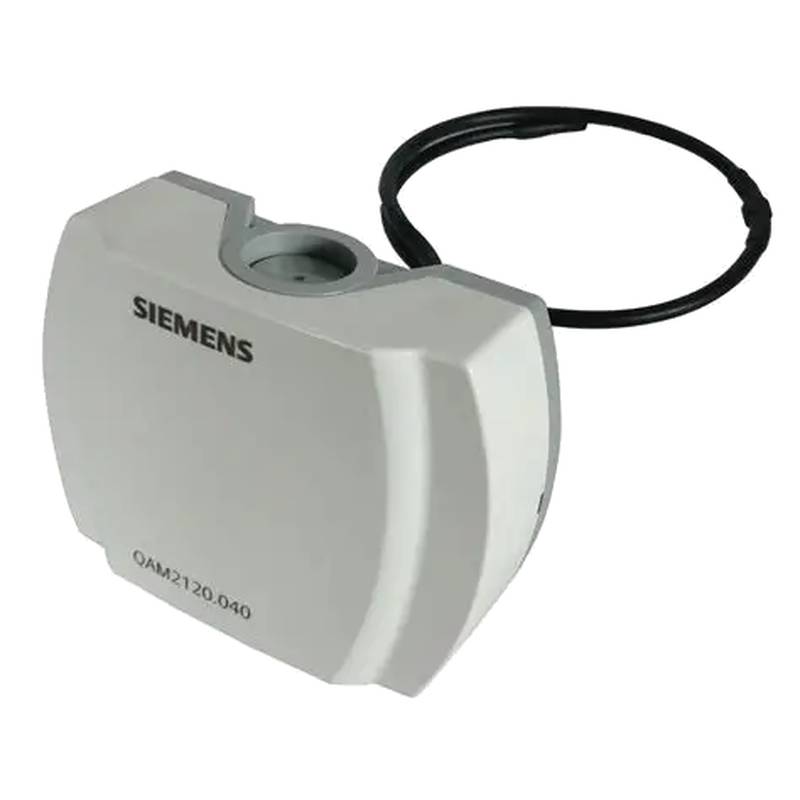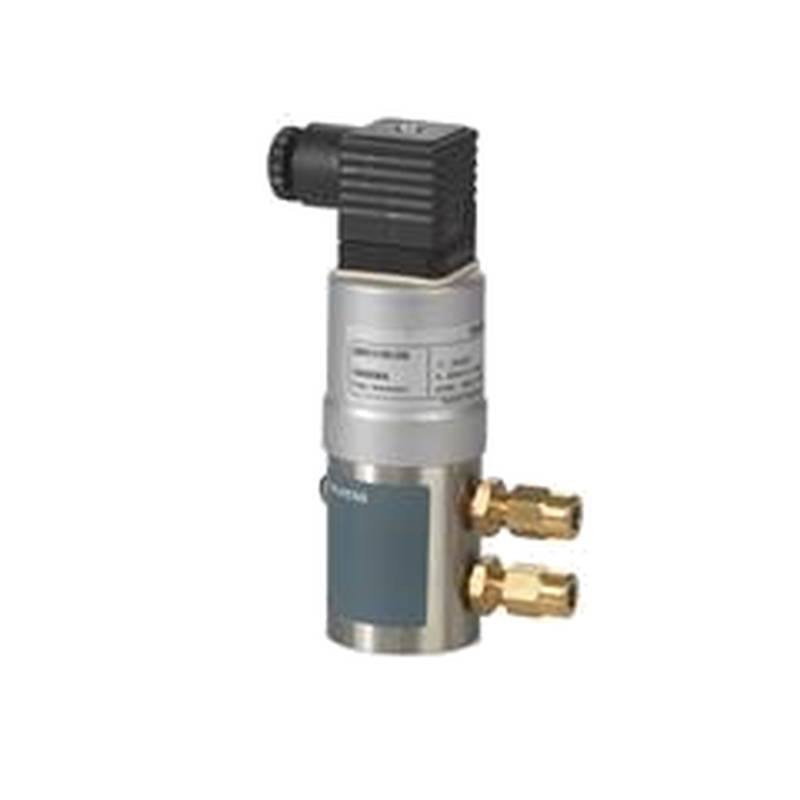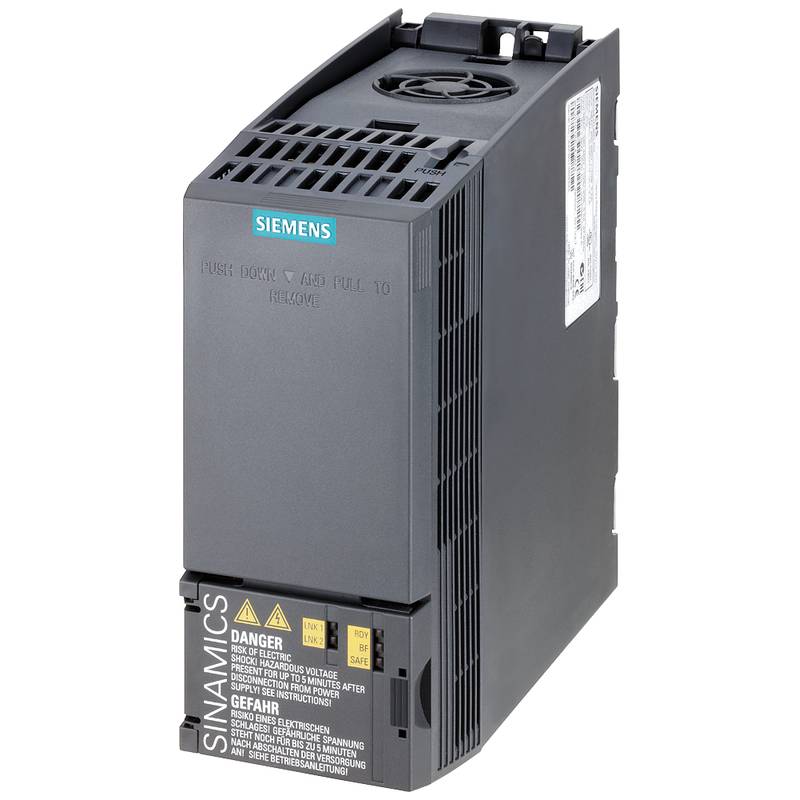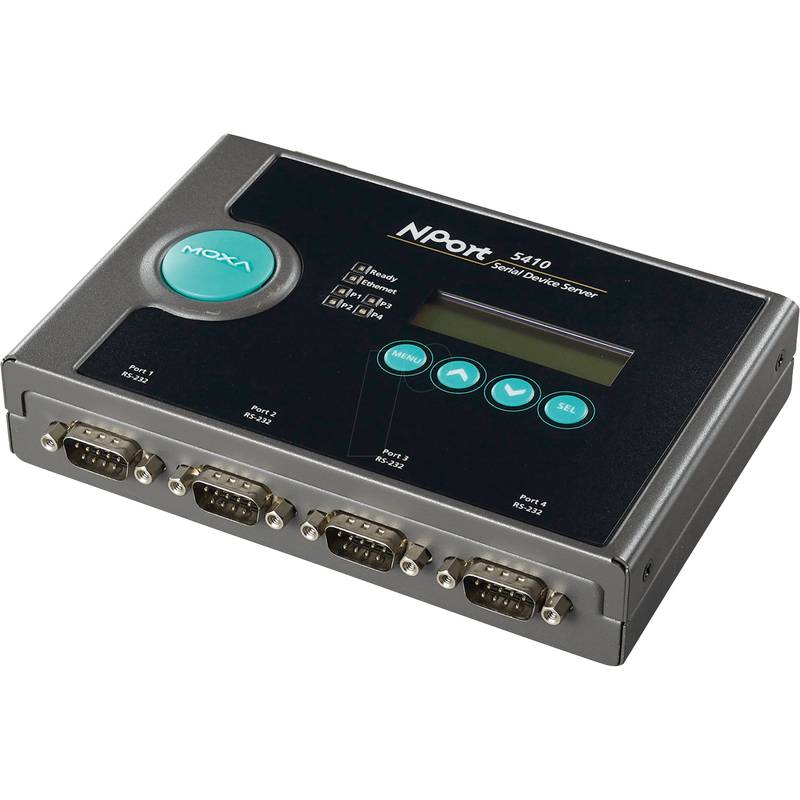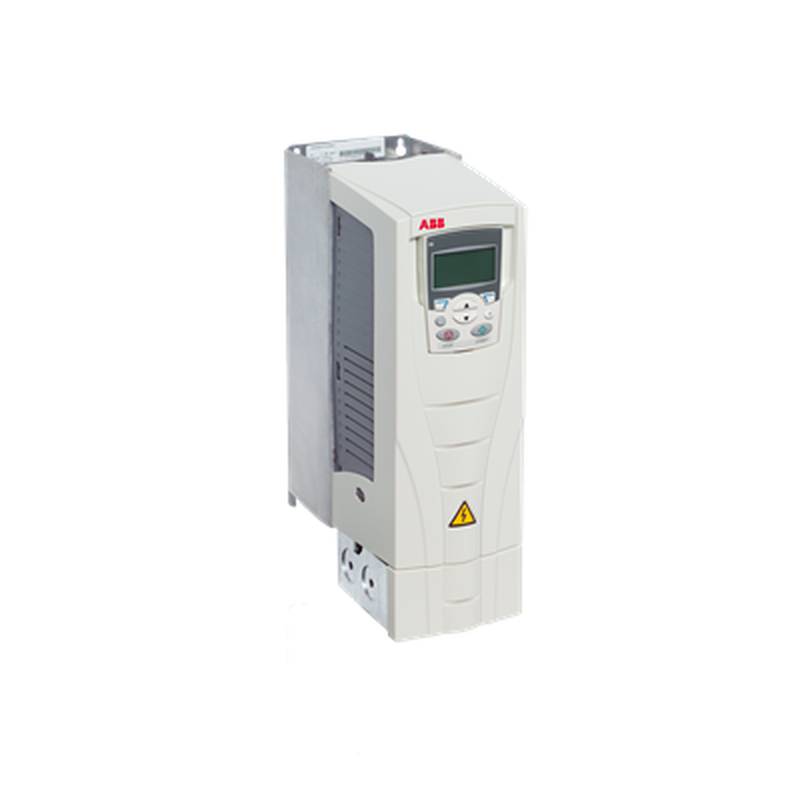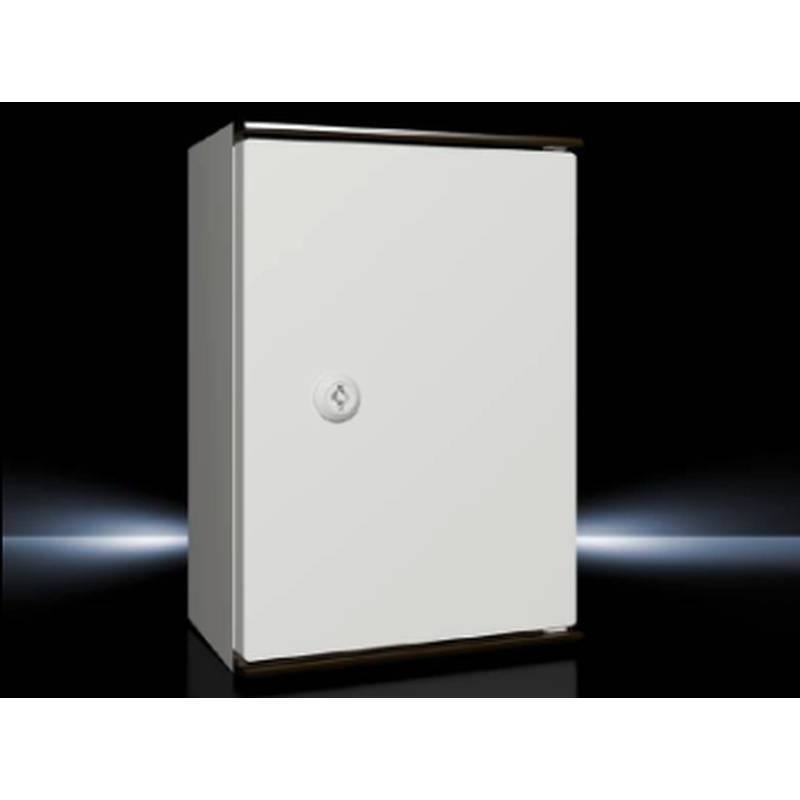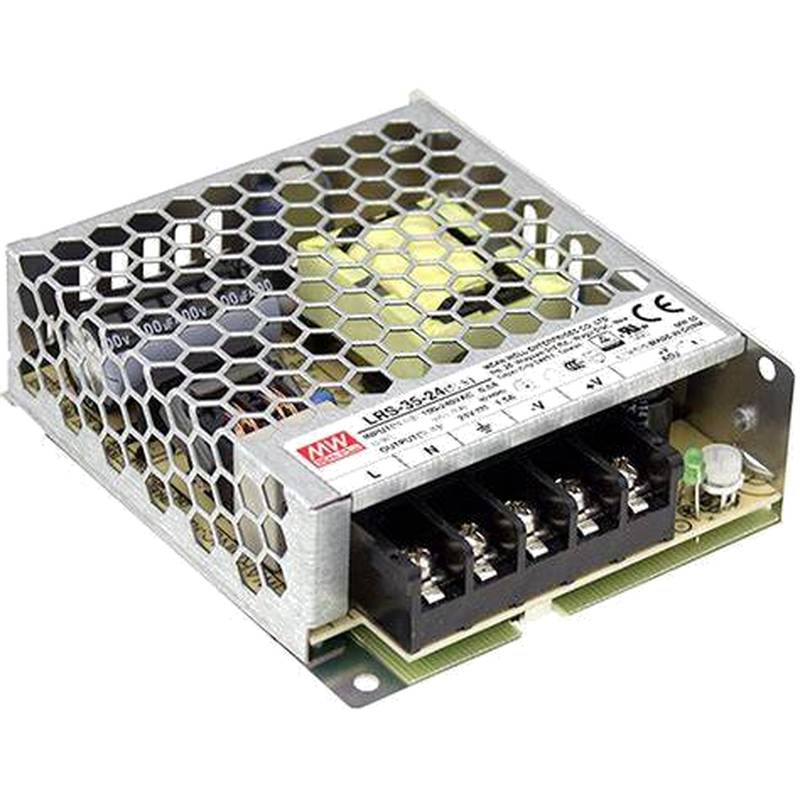
The Siemens BPZ:QAM2110.040 Analog Output Temperature Sensor is a critical component for precise temperature monitoring in demanding industrial environments. This sensor excels due to its high accuracy, robust construction, and seamless integration capabilities, making it a preferred choice for critical process control applications. Key technical parameters include a measurement range typically spanning from -50 to +200 °C, an output signal of 4-20 mA, and an IP65 protection rating, ensuring reliable operation even in harsh conditions. Its fast response time and long-term stability further underscore its value in applications where accurate and consistent temperature data is paramount.
Product Specifications
| Parameter | Specification |
| :-------------------- | :----------------------------------------------- |
| Product Number | BPZ:QAM2110.040 |
| Measurement Range | -50 to +200 °C (typical) |
| Output Signal | 4-20 mA |
| Protection Rating | IP65 |
| Power Supply | 24 V DC (typical) |
| Accuracy | ±0.5 °C (typical) |
| Response Time | < 5 seconds (typical) |
| Connection Type | M12 connector or screw terminals |
| Material | Stainless steel probe, PBT housing (typical) |
Core Features & Market Positioning
The Siemens BPZ:QAM2110.040 distinguishes itself through its superior accuracy and durability, positioning it as a premium solution for industries demanding unwavering reliability. Unlike standard temperature sensors, the QAM2110.040 features advanced signal conditioning that minimizes interference and drift, ensuring consistent performance over extended periods. This focus on precision and resilience makes it ideal for sectors like chemical processing, pharmaceuticals, and food and beverage, where temperature deviations can have significant consequences. Its integration within the broader Siemens ecosystem further enhances its appeal, offering compatibility with PLCs and automation systems for streamlined data management and control.
Key Application Scenarios
This analog output temperature sensor is extensively deployed in HVAC systems for precise climate control in commercial buildings and data centers. In industrial manufacturing, it is vital for monitoring temperatures in reactors, ovens, and cooling circuits, ensuring optimal process conditions and product quality. The food and beverage industry utilizes the BPZ:QAM2110.040 for pasteurization, sterilization, and cold chain monitoring, safeguarding product integrity. Furthermore, its robust design makes it suitable for outdoor applications, such as environmental monitoring and control of industrial outdoor equipment.
Practical System Integration Guidance
Integrating the Siemens BPZ:QAM2110.040 into existing systems is straightforward, typically involving a 2-wire connection for the 4-20 mA output signal. Power is supplied via a 24 V DC source. For optimal performance, ensure the sensor probe is correctly immersed or attached to the measurement point to achieve accurate readings. When wiring, use appropriate shielded cables to prevent electromagnetic interference, especially in electrically noisy environments. Calibration may be necessary upon initial installation or after significant temperature excursions to maintain peak accuracy. The sensor's standard output signal simplifies integration with virtually any PLC, SCADA system, or data acquisition device equipped with analog input modules.
Operation and Risk Mitigation
Proper operation of the Siemens BPZ:QAM2110.040 requires adherence to its specified operating temperature and environmental conditions to prevent damage and ensure longevity. Avoid exposing the sensor to excessive vibration or mechanical shock, which could compromise its internal components. Regularly inspect the sensor and its connections for any signs of wear or corrosion. Faulty readings or no output signal can often be attributed to wiring issues, incorrect power supply, or exceeding the operational limits. Troubleshooting typically involves verifying the power supply, checking the integrity of the analog output loop, and confirming correct wiring connections. The IP65 rating means it can withstand dust and water jets, but it is not designed for submersion.
Scalability & Long-Term Value
The Siemens BPZ:QAM2110.040 offers significant long-term value through its compatibility with the extensive Siemens automation portfolio, enabling seamless upgrades and expansions of control systems. Its analog output ensures backward compatibility with a wide range of existing infrastructure, minimizing the need for complete system overhauls. For future-proofing, the sensor can be integrated into IIoT platforms, transmitting data for advanced analytics, predictive maintenance, and remote monitoring, thereby enhancing operational efficiency and reducing downtime. This adaptability ensures that the BPZ:QAM2110.040 remains a relevant and valuable asset as industries embrace digital transformation.
Frequently Asked Questions
What is the typical operating temperature range for the Siemens BPZ:QAM2110.040?
The Siemens BPZ:QAM2110.040 sensor typically operates within a range of -50 to +200 degrees Celsius.
This broad range makes it suitable for diverse industrial applications requiring precise temperature monitoring.
Ensuring the application stays within this range is crucial for sensor longevity and accuracy.
How is the 4-20 mA analog output signal used?
The 4-20 mA signal is a standard industrial current loop output for transmitting sensor readings.
A 4 mA output typically represents the lowest temperature in the sensor's range, while 20 mA represents the highest.
This signal can be easily read by PLCs, data loggers, and other control system inputs for process automation.
What does the IP65 protection rating signify for this sensor?
IP65 means the sensor is protected against dust ingress and low-pressure water jets from any direction.
This robust protection allows the BPZ:QAM2110.040 to be used in challenging industrial environments.
It ensures reliable performance even when exposed to moisture or dusty conditions during operation.
Can the BPZ:QAM2110.040 be used in food and beverage applications?
Yes, its accuracy and robust design make it suitable for food and beverage processing.
It is ideal for monitoring critical temperatures during pasteurization and sterilization processes.
The sensor's hygienic probe material also contributes to its suitability in such environments.
What type of electrical connection does the BPZ:QAM2110.040 use?
This sensor commonly features an M12 connector for a quick and secure electrical connection.
Alternatively, some versions may utilize screw terminals for wiring.
Both connection types ensure a reliable interface with control systems.
How accurate is the Siemens BPZ:QAM2110.040 temperature sensor?
The BPZ:QAM2110.040 typically offers an accuracy of ±0.5 degrees Celsius.
This high level of precision is essential for critical temperature-sensitive industrial processes.
Regular calibration can help maintain this accuracy over the sensor's lifespan.
What is the response time of this temperature sensor?
The typical response time for the BPZ:QAM2110.040 is less than 5 seconds.
This fast response ensures that temperature changes are detected quickly by the control system.
Rapid detection is vital for dynamic process control and safety applications.
What power supply is required for the BPZ:QAM2110.040?
The sensor requires a standard 24 V DC power supply for operation.
This is a common voltage in most industrial automation systems.
Ensuring the correct DC voltage is supplied is critical for the sensor to function properly.
How do I integrate this sensor into a Siemens PLC system?
Connect the 4-20 mA output to an analog input module on your Siemens PLC.
Configure the PLC analog input channel to interpret the 4-20 mA signal correctly.
Ensure proper wiring and power supply connections as per the product manual.
What are the benefits of using a 2-wire sensor connection?
A 2-wire connection simplifies wiring, reducing installation complexity and cost.
It uses the same two wires for both power supply and signal transmission.
This configuration is common for 4-20 mA transmitters, including the BPZ:QAM2110.040.














